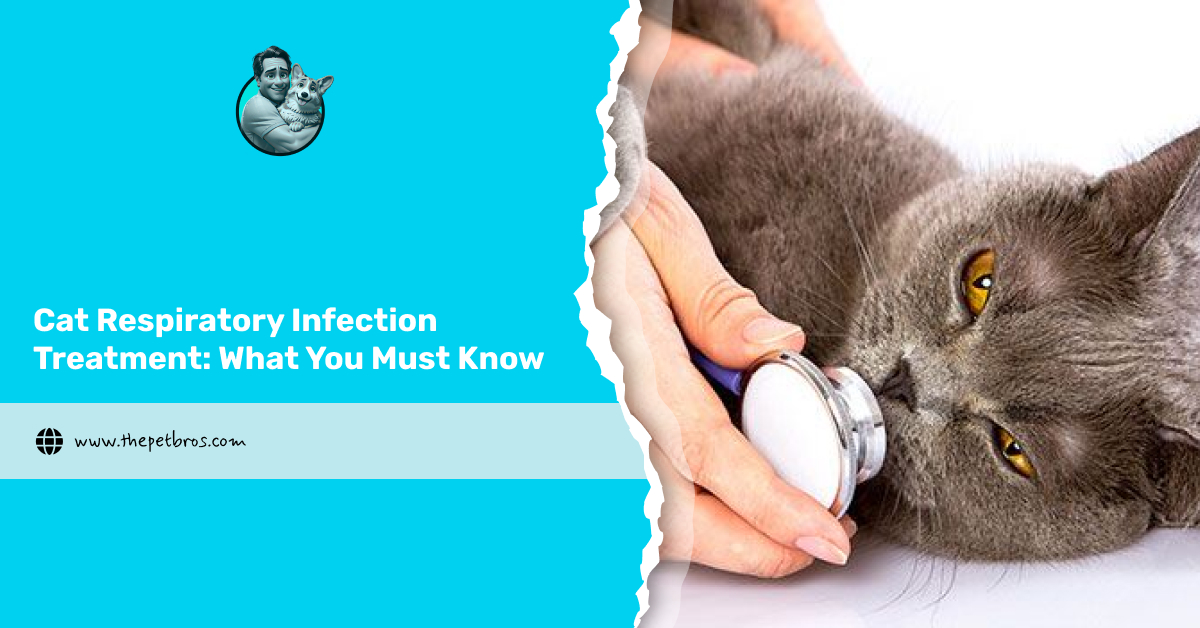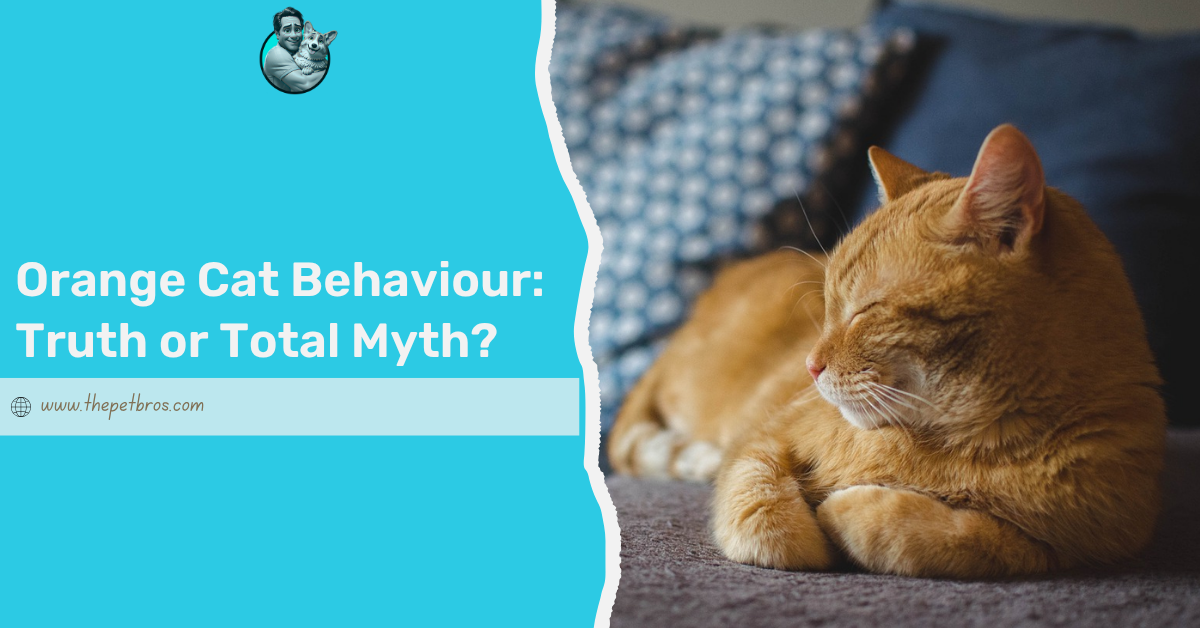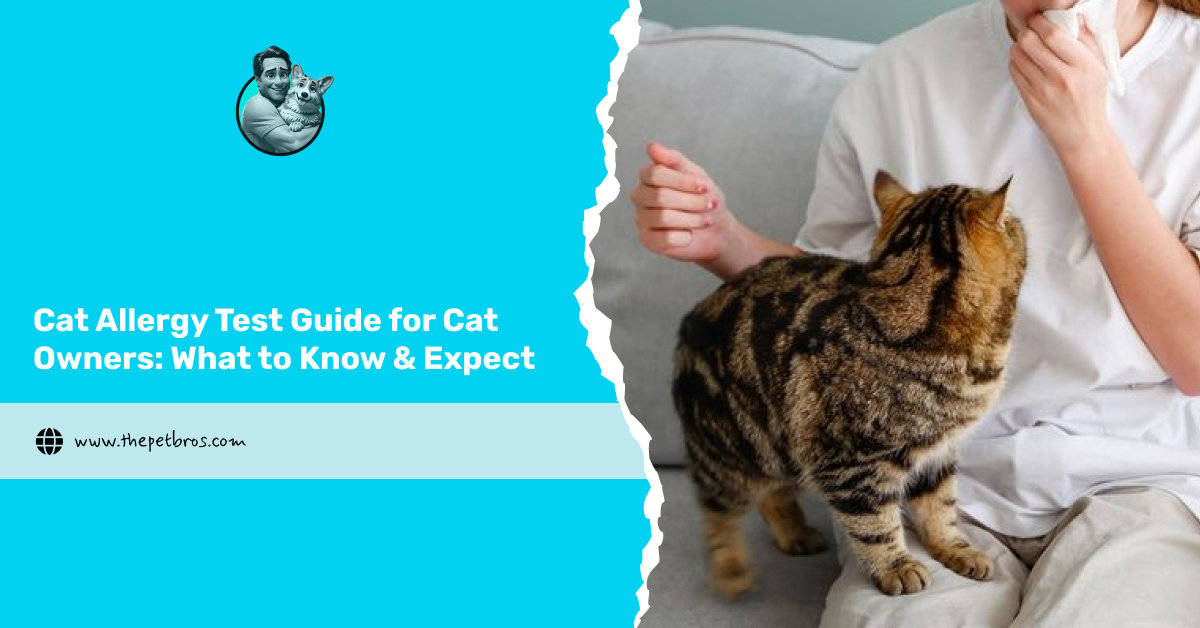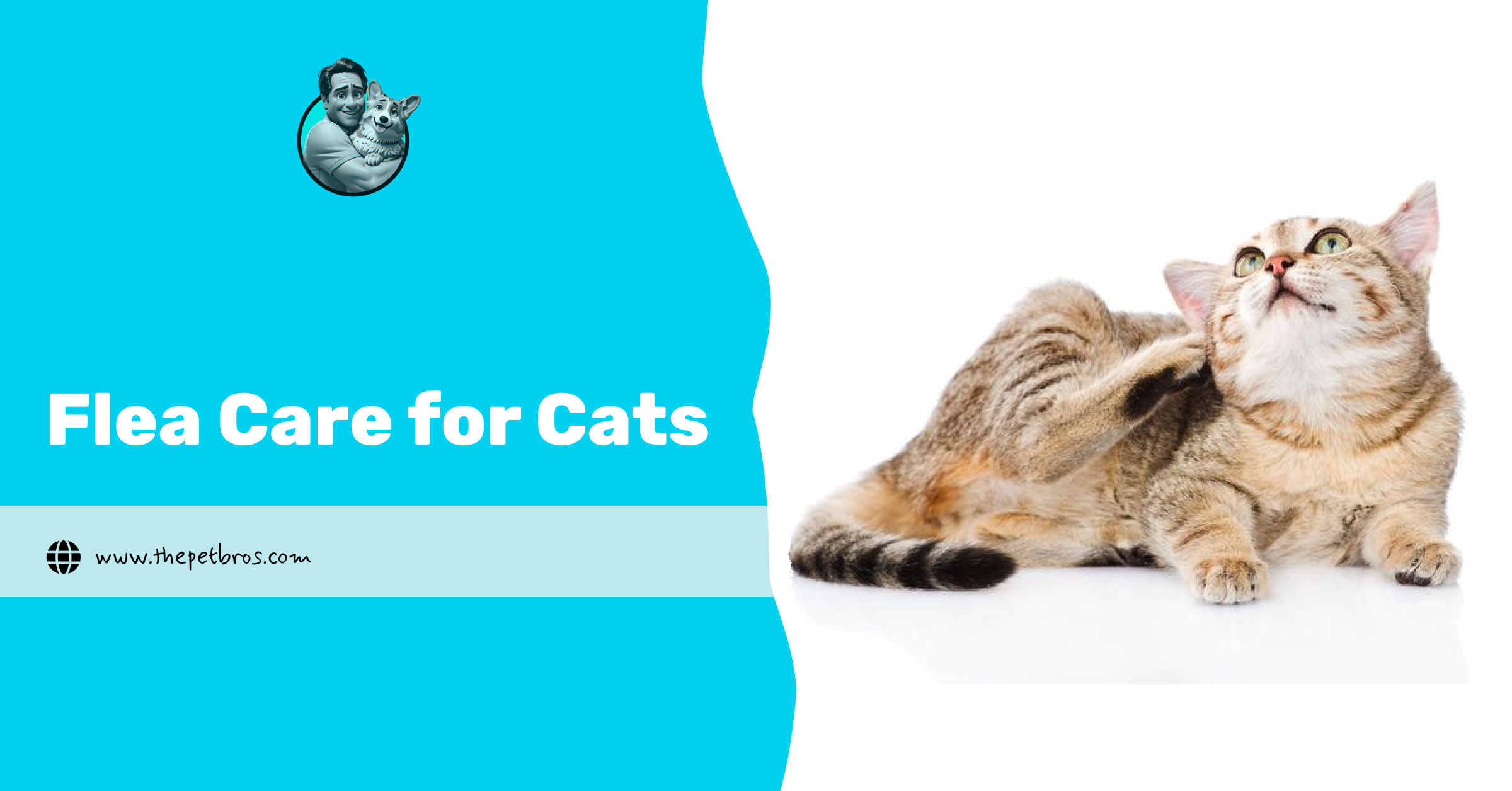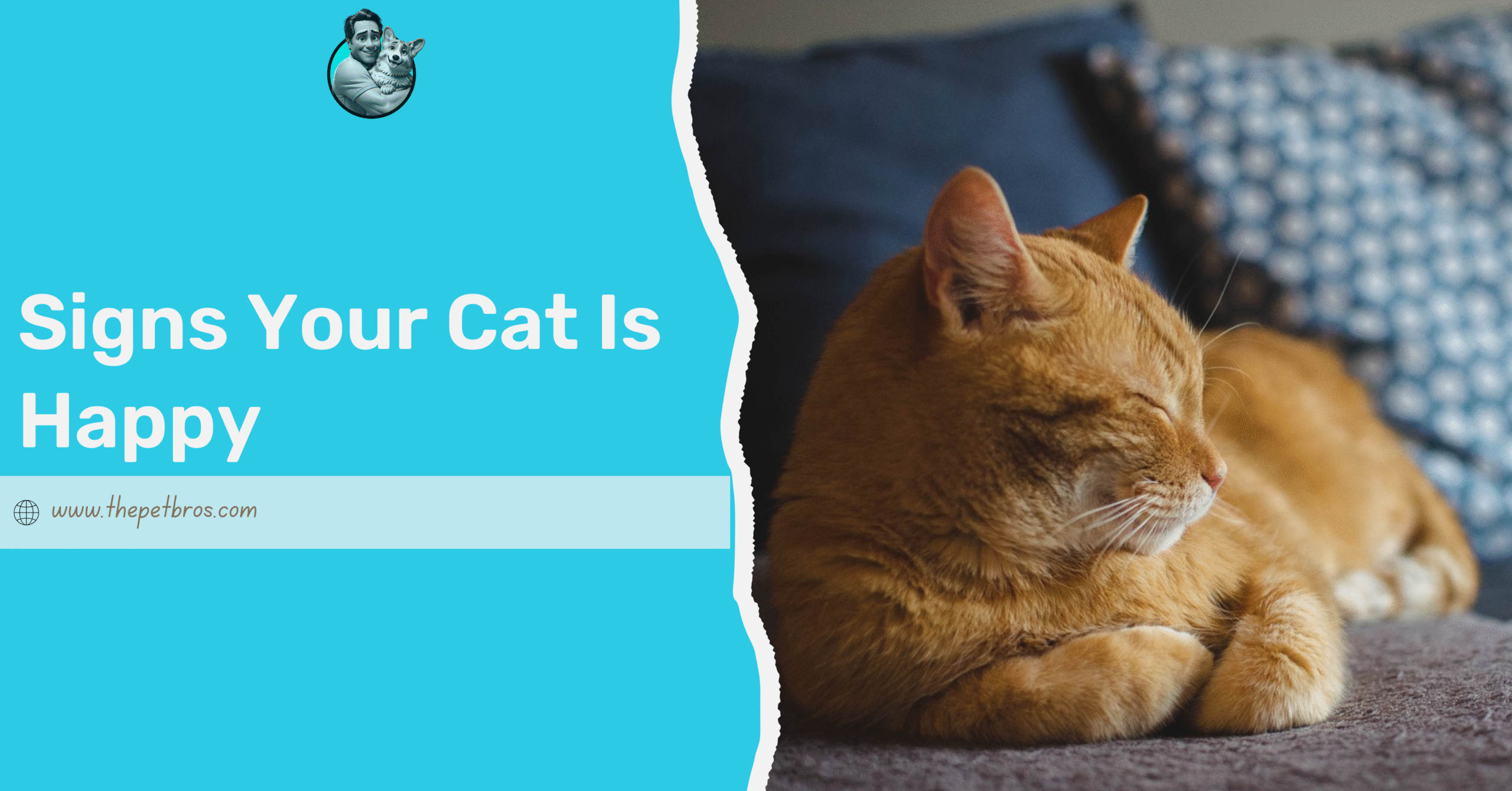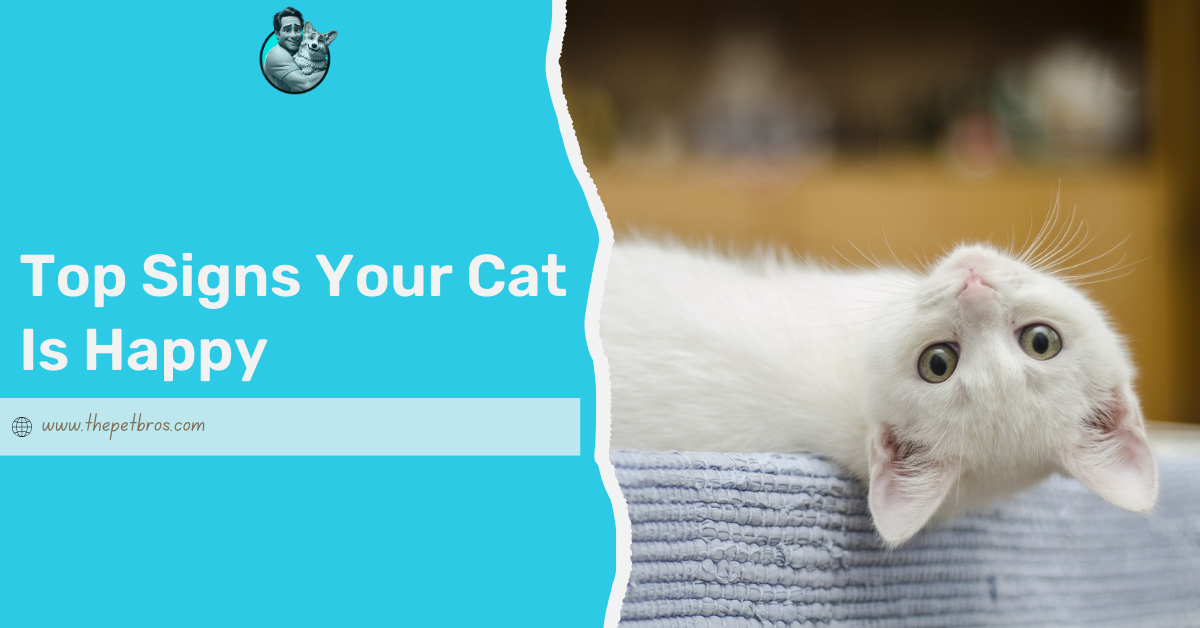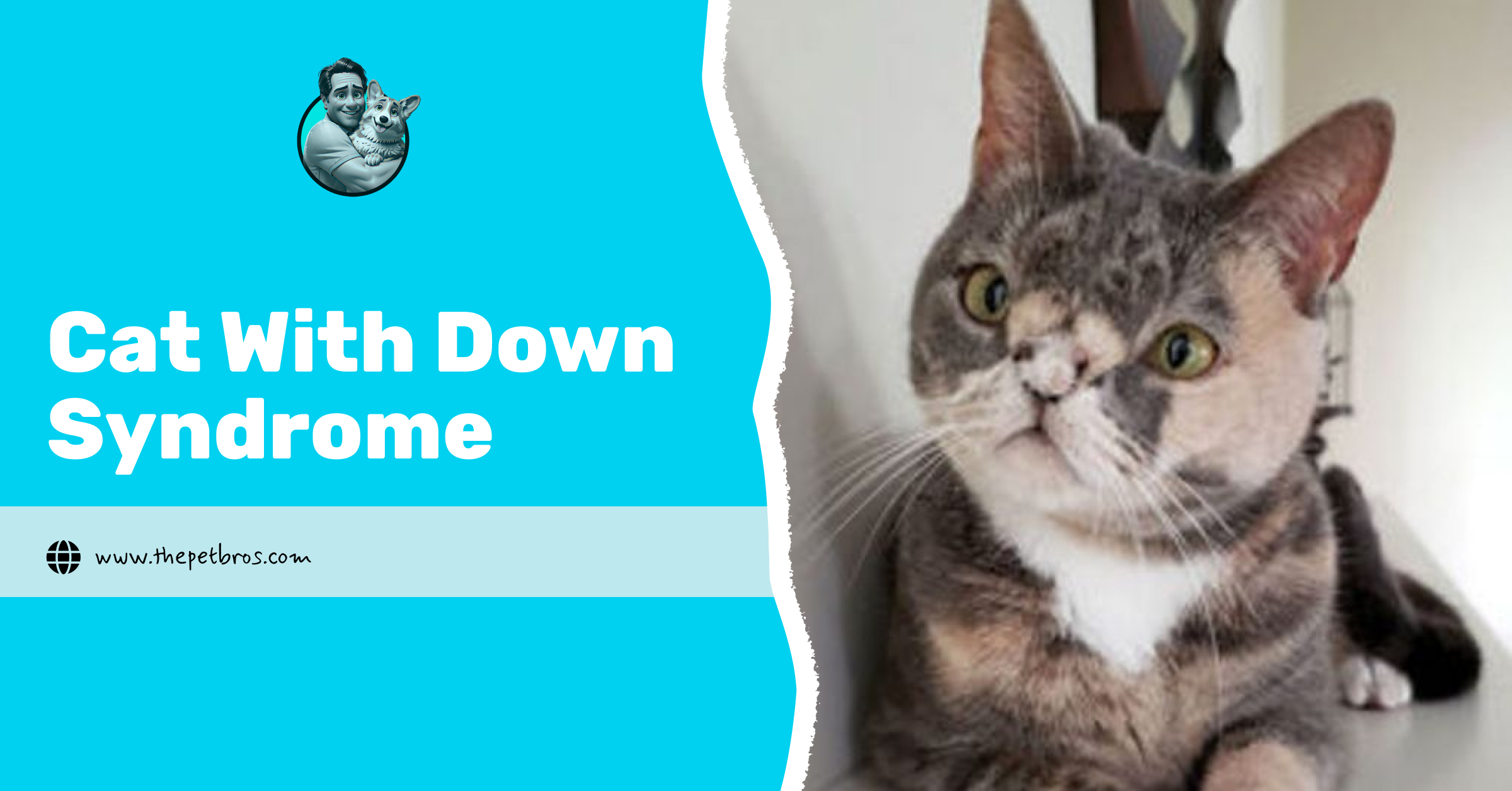Is your cat sneezing like it’s got hay fever, or sounds a bit wheezy when it breathes? Well, that’s probably not just a tickle. Respiratory infections in cats are surprisingly common, especially in busy households, rescue centres, or anywhere cats cross paths. But while it might start off as a bit of a sniffle, it can quickly turn into something more serious if you don’t give the right attention or employ proper cat respiratory infection treatment.
Now, you’re wondering, “Do cats even get colds?” Well, the short answer is yes, but it’s a bit more complicated than ours. Cats don’t just get the sniffles and curl up with a blanket. Their colds can come with sticky eyes, unpleasant nasal discharge, and, in some cases, breathing difficulties that require urgent care.
We understand that this could sound a bit alarming, or even entirely foreign, and we’re here to walk you through what these infections actually are and everything you need to know about cat respiratory infection treatment.
First, What Exactly is Cat Respiratory Infection?
So, what’s really going on when your cat’s sounding snuffly and snoozing more than usual? A cat respiratory infection is basically an infection that affects the nose, throat, or sinuses, often caused by viruses like feline herpesvirus or calicivirus. Think of it as the feline version of a nasty cold, only cats can’t blow their noses or ask for a hot cup of tea.
You might notice watery eyes, a runny nose, coughing, sneezing, and even a hoarse or silent meow. Some cats get ulcers in their mouths, which makes eating uncomfortable, and if it gets worse, breathing can become laboured. These symptoms might look mild at first, but they can get serious surprisingly fast if cat respiratory infection treatment isn’t started early.
The infection spreads like wildfire through shared food bowls, grooming, and even sneezes in the air. That’s why it’s common in places where cats are close together, like rescues or multi-cat homes. Kittens, older cats, and those with other health issues are especially more at risk.
Now that we’ve sorted out what it is and why it spreads, let’s chat about what you can do at home when your poor little fluffball catches it.
How to Care for Cat Respiratory Infection at Home
When your cat is feeling unwell, your first instinct is to make them comfy, and with a cat respiratory infection, that’s exactly what they need. Start by creating a warm and peaceful space away from the rest of the household. Quiet corners with their favourite blanket can work wonders, too. If you’ve got other pets, it’s best to keep them apart for a while to prevent the bug from spreading.
Feeding might get tricky, especially if your cat’s nose is all stuffed up. Try warming their food a little or adding warm water to make it smell stronger and easier to eat. Keep their water bowls clean and nearby so they don’t have to wander far when they’re feeling rubbish.
To ease their congestion, bring them into the bathroom while you run a hot shower. The gentle steam can help loosen things up, and you can gently wipe any eye or nose discharge with a soft cloth or vet-approved wipe. Keep it calm and gentle so your cat stays relaxed.
If your vet recommends supplements like L-Lysine, they can help support your cat’s recovery, especially for viruses like feline herpes. But always check first before giving anything new. Home care plays a huge part in cat respiratory infection treatment, and your cuddles and comfort go a long way. Let’s look at the signs that mean it’s time to ring your vet.
How to Know When to Call a Vet
Most mild cases can be managed at home with rest and TLC, but there are times when cat respiratory infection treatment needs professional backup. If your cat starts breathing with their mouth open or seems to be struggling to breathe, that’s a red flag. The same goes for green or yellow discharge from their eyes or nose, high fever, mouth ulcers, or a meow that’s gone oddly silent.
Pay close attention to how your cat is behaving. If they suddenly go limp, hide away constantly, or refuse to eat or drink for more than a day, it’s time to pick up the phone. Cats are champions at pretending they’re fine when they’re not, so trust your gut if something feels off.
Some cats are more vulnerable than others, especially kittens, older cats, or those with long-term health issues. They can go downhill quickly, so don’t wait around if their symptoms worsen. Early vet care can make a world of difference, and your cat will thank you for being quick on your feet. In the next part, we’ll walk through what to expect at the vet and how clinical cat respiratory infection treatment usually works.
Clinical Cat Respiratory Infection Treatment
Once you’re at the vet’s, the first step will be figuring out exactly what’s behind the sniffles. Your vet might take a swab from your cat’s nose or throat, run a PCR test, or even take X-rays if things seem more serious. This helps them pinpoint what type of bug is causing the trouble, so the right treatment can be given.
Depending on what’s found, your cat might be sent home with antibiotics to fight off any bacterial infection, or antivirals if a virus is the main culprit. Sometimes, your vet might also recommend supplements like amino acids or probiotics to give your cat’s immune system a bit of extra support. In severe cases, your cat could need fluids, oxygen therapy, or even a short stay at the animal hospital.
Now, here’s the part that really matters: once medication is prescribed, it’s so important to follow the instructions exactly. Finish the full course even if your cat starts feeling better halfway through. If your cat struggles with tablets or you notice any side effects, give your vet a call; they can often suggest a gentler option.
Clinical care plays a key role in cat respiratory infection treatment, and staying consistent makes all the difference in helping your furry friend bounce back. Let’s move on to how you can help stop these infections in the first place.
How to Prevent Cat Respiratory Infection
Prevention really is the best kind of cat respiratory infection treatment, especially if your cat spends time with other animals or has a weaker immune system. Start with vaccinations. The FVRCP vaccine protects against the most common culprits, so make sure your cat is fully up to date. If your cat goes outside or visits catteries, your vet might recommend extra protection, too
When bringing home a new cat, keep them in a separate room for about ten to fourteen days. This gives you time to spot any sniffles or sneezes before they meet the rest of the family. It’s a simple step, but it makes a big difference.
Hygiene also goes a long way. Clean shared items like food bowls and litter scoops regularly with pet-safe disinfectant. If you’ve got a busy household, try to create calm, quiet routines. Stress can weaken a cat’s immune response, making them more likely to get sick. Things like safe hiding spots, comfy resting places, and even calming diffusers can help them feel more secure.
With these habits in place, you’re not just reacting to illness, you’re stopping it in its tracks. And if your cat already has a history of infections, you’ll definitely want to stick around for the next bit, where we talk about managing chronic cases with clever cat respiratory infection treatment.
Cat Respiratory Infection Treatments to Manage Chronic Cases
Some cats, especially those with feline herpes, never quite shake the sniffles for good. Their symptoms can flare up from time to time, usually when they’re stressed or feeling run-down. But don’t worry, with the right routine and a bit of know-how, these flare-ups can be managed.
Start by keeping things as calm as possible. Cats love predictability, so stick to steady feeding times, cosy corners, and a gentle pace at home. Loud noises, sudden changes, or even a house guest can stir up stress, which might trigger another wave of sneezing or watery eyes. When life gets busy, your cat needs extra comfort, not chaos.
Daily enrichment can also help. Toys that challenge the brain, puzzle feeders, and good window views keep your cat happily distracted. During flare-ups, steam therapy can ease stuffy noses, and your vet might suggest supplements like L-Lysine to support the immune system. Products like Composure or Zylkene can also help calm your cat, especially if stress seems to bring on symptoms.
Managing a long-term condition doesn’t have to be overwhelming. With consistent care and a tailored cat respiratory infection treatment plan, most cats with chronic issues can live a full and contented life. Now, let’s wrap it all up with a little reminder of what truly makes a difference.
Conclusion
Caring for a cat with the sniffles can be stressful. But here’s the good news. With the right cat respiratory infection treatment, most cats bounce back quicker than you’d think. Whether it’s a simple home remedy, a calming cuddle, or proper vet care, what matters most is being there when your cat needs you.
Even chronic cases can be managed with a calm home, a steady routine, and clever little tricks that keep symptoms under control. Your furry friend might not say thank you, but those purrs and slow blinks speak volumes.
Frequently Asked Questions
Does upper respiratory infection in cats cause death?
It’s rare, but untreated severe infections, especially in kittens or seniors, can become life-threatening over time.
What is the best antibiotic for upper respiratory infections?
Your vet will choose based on the cause, but doxycycline and amoxicillin are commonly prescribed options.
What is the best antibiotic for respiratory infections in cats?
There’s no one-size-fits-all. Your vet selects the best antibiotic after examining symptoms and possible infection sources.
What antibiotic shot is given to cats with upper respiratory infections?
Long-acting antibiotic injections like Convenia may be used for cats who struggle with tablets or daily dosing.






